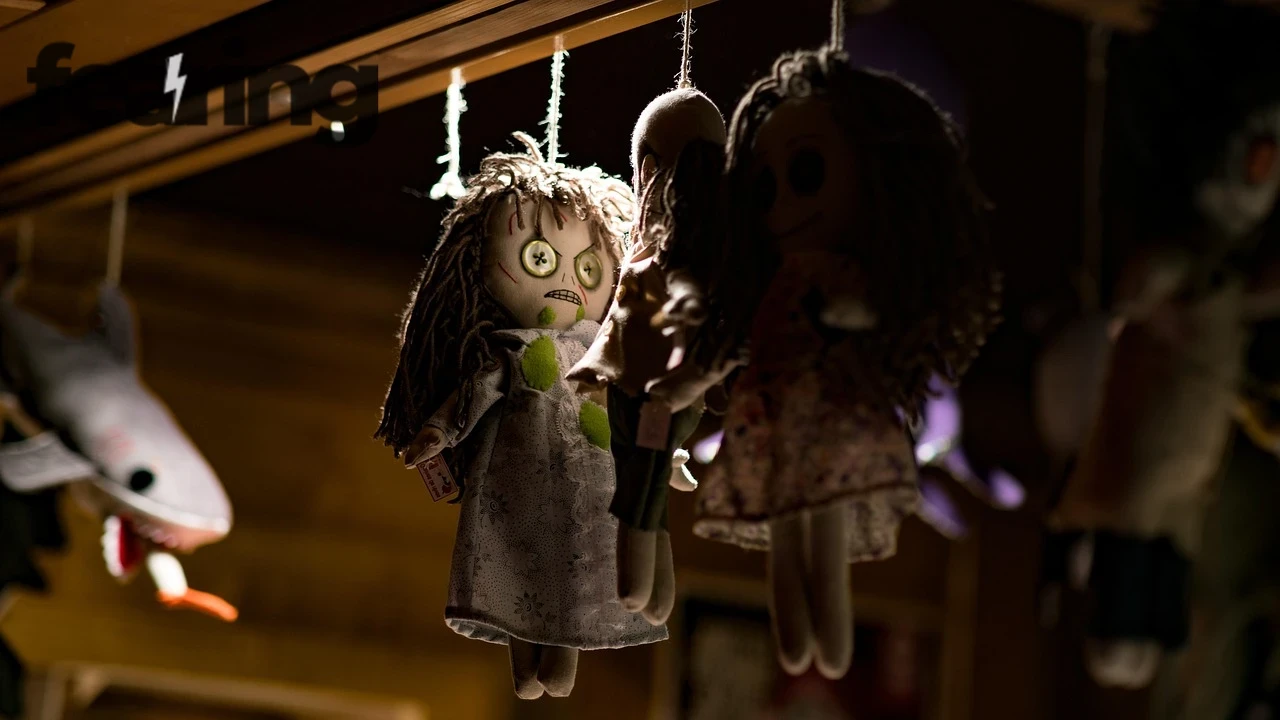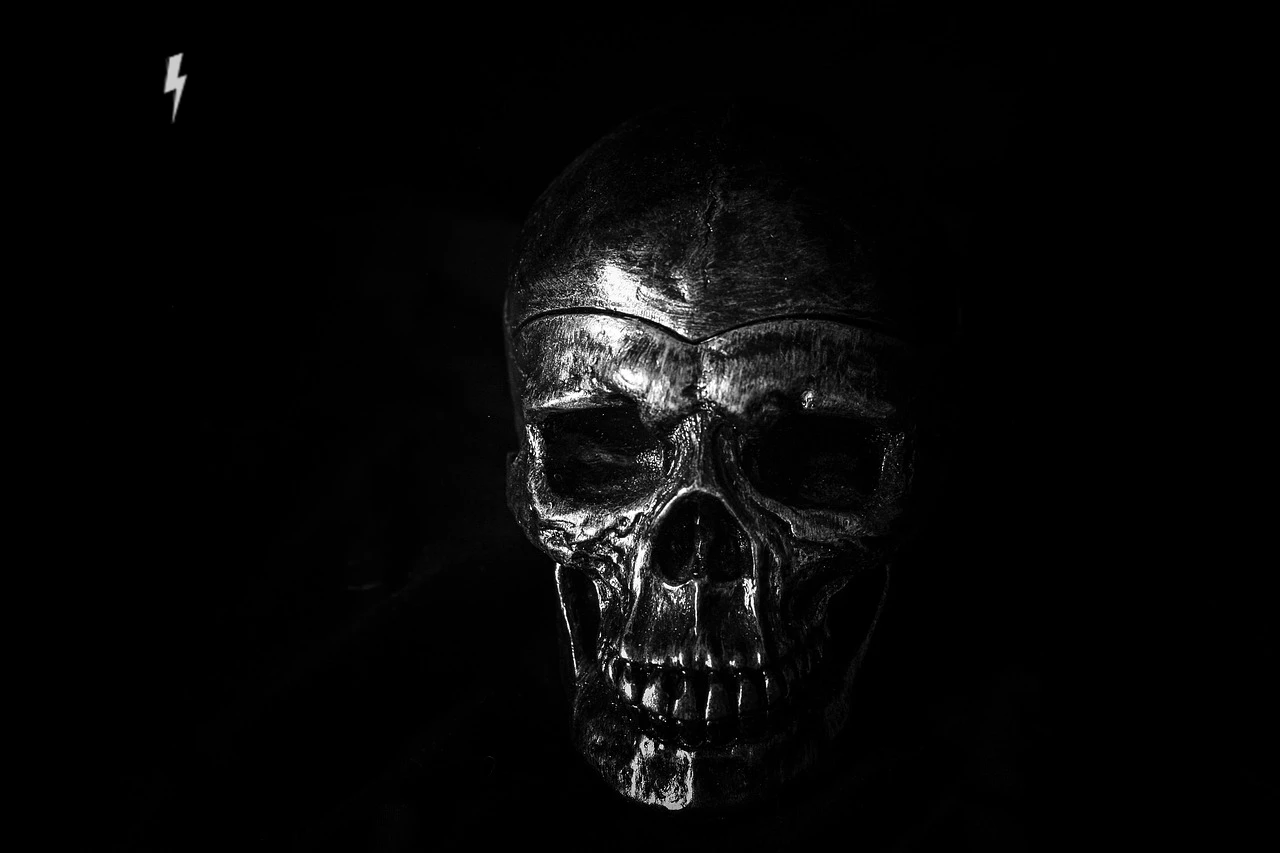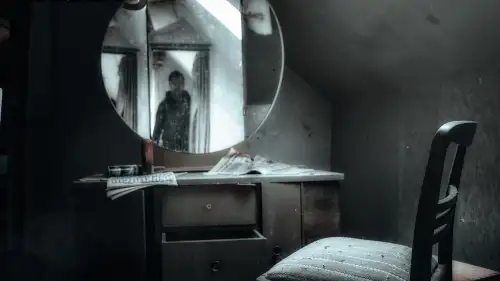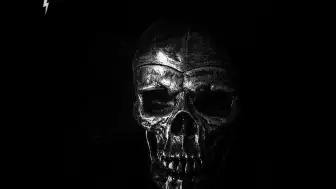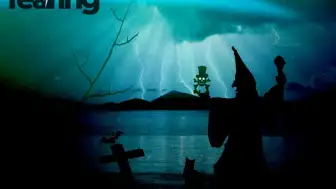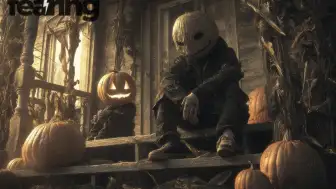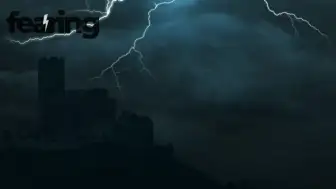Most recommended horror books of 2025 are not just about monsters anymore. They explore grief, identity, and memory — the real terrors hiding within everyday life. The year has produced some of the most emotionally intelligent and culturally diverse horror literature in decades. From ancient myths reborn to modern anxieties rebelling against silence, each title proves that fear has evolved beyond blood and ghosts.
As horror novelist Stephen Graham Jones said, “The scariest stories don’t tell us what’s out there — they remind us what’s already inside.”
Horror In 2025 Becomes Personal
The best horror books this year focus on emotional depth and cultural identity rather than simple survival. Themes like generational trauma, loneliness, and suppressed memory dominate the genre. The result is a collection of novels that blur the line between literature and nightmare.
Literary critic Dr. Evelyn Chase summarizes this transformation: “Horror has matured. It now teaches empathy as effectively as it delivers terror.”
Top 10 Horror Books Of 2025
| Title | Author | What Makes It Stand Out |
|---|---|---|
| Our Share of Night | Mariana Enríquez | A haunting blend of political horror and family legacy from Argentina. |
| Holly | Stephen King | A slow-burning investigation into human evil and obsession. |
| Silver Nitrate | Silvia Moreno-Garcia | A gothic thriller set in Mexico’s old film industry, merging occultism and history. |
| What Moves the Dead | T. Kingfisher | A reimagining of Poe’s The Fall of the House of Usher with eerie ecological twists. |
| The Only Good Indians | Stephen Graham Jones | A tale of cultural guilt and haunting revenge in Native American mythology. |
| A House With Good Bones | T. Kingfisher | Southern family secrets collide with supernatural tension. |
| Starling House | Alix E. Harrow | Southern Gothic meets redemption, where guilt becomes architecture. |
| Such Sharp Teeth | Rachel Harrison | A witty yet emotional take on the werewolf myth and female rage. |
| The Queen of the Cicadas | V. Castro | Horror rooted in Latin spirituality and the divine feminine. |
| Things Have Gotten Worse Since We Last Spoke | Eric LaRocca | Psychological body horror that explores obsession in the digital age. |
What Makes 2025 Different
Horror in 2025 has expanded beyond Western tropes. Writers from Latin America, Africa, and Asia have brought new fears — ghosts of colonization, ancestral guilt, and cultural silence. These narratives deepen the emotional texture of horror, moving it from reaction to reflection.
Mariana Enríquez’s Our Share of Night stands as a cornerstone of this global trend, weaving together dictatorship, immortality, and motherhood. Meanwhile, Silvia Moreno-Garcia continues to fuse Mexican folklore with feminism and noir, proving that horror can be both elegant and socially aware.
The Return Of Literary Horror
After years dominated by thrillers and slashers, literary horror has returned — precise, poetic, and devastating. Authors like Carmen Maria Machado and Paul Tremblay inspired a generation of writers who now use fear to explore grief and love rather than just danger.
Books such as Silver Nitrate and Starling House balance style and substance, blending dread with intimacy. These are stories you don’t just read — you absorb.
Critic Dr. Helen Fisher notes, “Readers no longer seek adrenaline in horror. They seek recognition — to see their own fears reflected back in art.”
Horror And Identity
One defining feature of this year’s horror literature is its exploration of identity. Characters face not only ghosts and monsters but also their heritage, body, and memory.
In The Only Good Indians, guilt takes shape as a vengeful spirit born of cultural betrayal.
Rachel Harrison’s Such Sharp Teeth turns transformation into metaphor — a werewolf as a woman reclaiming control of her body.
V. Castro’s The Queen of the Cicadas reclaims horror as empowerment, fusing religion, trauma, and ancestral reclamation.
Each of these stories reminds readers that fear isn’t the opposite of strength — it’s proof of humanity.
Emerging Trends In Horror Fiction
1. Eco-Horror: Nature itself becomes the antagonist, as seen in What Moves the Dead.
2. Feminist Horror: Women write and rewrite fear through agency and power, not victimhood.
3. Historical Horror: Novels like Our Share of Night and Silver Nitrate use history as a ghost story.
4. Psychological Horror: Emphasis on obsession, grief, and isolation — internal monsters replacing external ones.
As T. Kingfisher explained in an interview, “Good horror doesn’t punish people for being scared. It teaches them how to survive it.”
Horror As Reflection, Not Escape
Horror in 2025 isn’t about running away — it’s about looking directly at what hurts. The best books this year prove that true terror lies not in fantasy, but in facing what feels too real.
In a world of climate anxiety, digital isolation, and cultural tension, these novels don’t invent new fears — they name the ones we’ve ignored.
Philosopher Dr. Sarah Bartlett puts it simply: “Horror literature doesn’t imagine the end of the world. It rehearses surviving it.”
The Readers’ Perspective
Readers across social platforms describe this year’s horror releases as “healing through fear.” Goodreads ratings show growing appreciation for emotional storytelling — Our Share of Night and Silver Nitrate both maintain over 4.3/5 ratings from tens of thousands of readers.
This trend proves that horror is no longer a niche; it’s the emotional language of the 21st century.
The Future Of Fear
The most recommended horror books of 2025 remind us that the genre’s strength lies in its adaptability. Whether through ancient curses or digital obsessions, horror continues to evolve — always whispering what we don’t dare to say out loud.
As Clive Barker once wrote, “The monsters we fear most live inside us, and sometimes they win.” But these stories show that even in defeat, there’s beauty — and in fear, there’s truth.
FAQ
Q1: Which book defines horror literature in 2025?
A1: Our Share of Night by Mariana Enríquez — a powerful mix of history, politics, and the supernatural.
Q2: What themes dominate modern horror?
A2: Grief, identity, ecology, and trauma replace traditional jump-scare tropes.
Q3: Who are the best new horror authors to follow?
A3: Silvia Moreno-Garcia, T. Kingfisher, Rachel Harrison, and Eric LaRocca.
Q4: How is horror changing?
A4: The genre is becoming more literary, psychological, and inclusive, focusing on internal fears over external monsters.
Q5: Is horror literature gaining mainstream appeal again?
A5: Yes — 2025 marks a major revival, with global audiences seeking meaningful, emotional horror experiences.
Sources
The Guardian – Best Horror Novels 2025
Goodreads – Readers’ Choice Horror 2025
Penguin Random House – Horror Spotlight 2025

